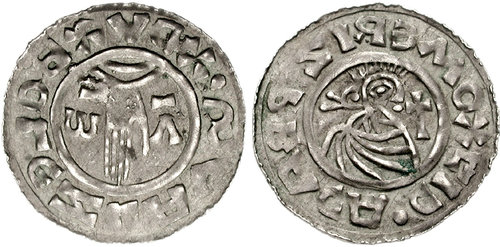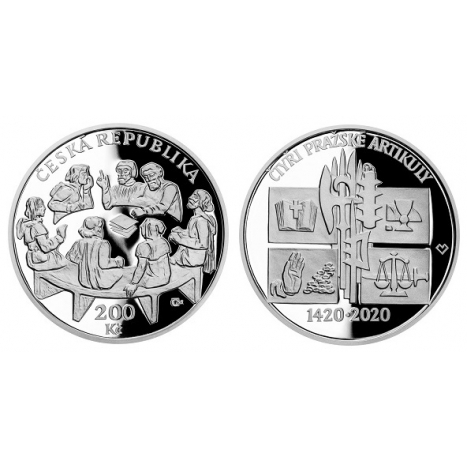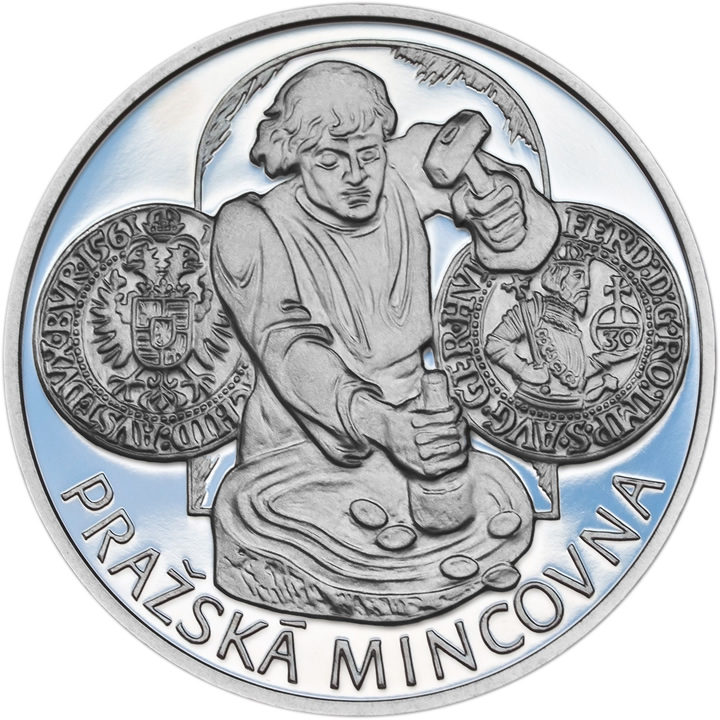Free Info For Sandblasting Czechoslovakia Medals
Free Info For Sandblasting Czechoslovakia Medals
Blog Article
Why Is A Gold-Colored Coin Or Medal Digitally 3d Modeled From A Plaster Cast?
This process makes use of special equipment to digitize the maquette and then capture its dimensions. Digital replication is used for a variety of reasons in the process of production. How the Scanning Process Works
3D Scanning Technology - High-resolution 3D scanners are used to capture the physical dimensions and details of the plaster model. The scanners employ various techniques like laser scanning or structured light, to take precise measurements and the geometry.
Surface Information Capture- The scanner projectes light or laser beams at the plaster model's surface. The reflections or distortions caused by these beams can be recorded by the scanner, capturing the model's surface details.
Data collection- The scanner gathers data when it moves over the model. This creates a digital representation that includes the model's contours, geometry and other details.
Conversion into 3D Model - The data points that are collected are processed by a software that converts the data into a digital 3D model. This model resembles the physical dimensions and features of the maquette.
The reasons to create a Digital 3D Model
Digital 3D models can be used to replicate the exact dimensions and details of a real model. This ensures that the final gold coins as well as medals are made to conform to the intended design.
Digital models allow for easy modification or reworking. Designers can adjust the 3D model without altering the original plaster maquette, enabling iterative improvements or corrections.
Compatibility with Manufacturing Processes Compatibility With Manufacturing Processes Digital 3D Models are compatible with a variety of manufacturing processes, like 3D printing, CNC machining, which allows the manufacturing of dies and molds to make mass production.
Digital 3D Models serve as a document of the design. Digital models are saved for future use, as reproductions or documents from the past.
Designers and manufacturers can employ advanced manufacturing techniques to create gold medals and coins that are accurate and faithful to the original design by scanning the plaster models and generating digital 3D models. View the best Scanning and 3D Modeling Czechoslovakia gold medals website examples. including gold bullion cost, gold coin with angel on both sides, 2000 dollar coin, 24k gold bullion, kruger rand, gold buffalo coin, gold coin values, american gold eagle, gold and silver buyers near me, 20 dollar coin and more. 
How Can Highly Skilled Engravers Enhance Gold Coins Or Medals Designs?
Engravers who have high levels of skill are essential in developing and improving the design on gold-plated coins or medals. They do this by utilizing on the die or working on the hub. Through their expertise they can create exquisite detail and refine the design. See how they did this Evaluation of Working Hub.
The engravers begin by inspecting the die or hub that was created using the Janvier machine or master hub. They examine the transfer's precision, depth and overall quality.
Correction of Imperfections
Engravers correct any inconsistent or imperfections in the transfer design. They may employ precision tools to correct minor mistakes or adjust the depths or rework certain elements to ensure consistency.
Enhancing Details
Engravers are skilled in creating intricate details with tools for engraving, such as burins or pneumatic engraving devices and gravers. They use specialized engraving tools to create elaborate details.
Depth Enhancement and Dimensional Enhancement
Engravers manipulate depths and contours to give the design a visual depth. This process involves skillfully varying the cut's depth to highlight specific features and create a sense of realness or texture.
Texture and final touches
Engravers may add textures or finishes to specific parts of the design, which can enhance the aesthetic appeal. Utilizing techniques such as stippling (or frosting), shading, or different types of shading you can create a variety of texture on the surface.
Quality Control and Inspection
In the course of engraving Engravers perform periodic inspections and checks to make sure that the engraved designs meet the requirements of clarity, accuracy, and aesthetics.
Collaboration and artistic Interpretation
Engravers frequently work closely with artists or designers to interpret the design accurately. Their artistic interpretation and skills can elevate the designs by introducing subtle nuances or adjusting specific elements according to an artistic view.
Highly skilled engravers can manipulate metal surfaces with accuracy and skill. Their precise work and attention to the finer details enhance the design of gold medals and coins. This guarantees that the final product reflects the design's aesthetics. View the top Czechoslovakia gold coin engravers blog advice. including gold bullion price, 1 10 oz gold eagle, canadian gold maple leaf coin, online silver buying, gold coin gold, gold coin 24k price, 1 oz gold bars, 1 ounce gold, gold medal gymnasts, gold coins for sale near me and more.
How And Why Do High-Quality Gold Blanks Get Weighed And Assessed And Ready For Minting Process?
Gold blanks of the highest quality are carefully made ready for minting to ensure accurate and consistent gold coins or medals. Learn the process and how it is carried outPreparation of the process Gold Material Selection The most pure gold is selected for creating blanks. The gold is refined to ensure that it meets the purity requirements for coins.
Gold Blank Production- The gold is shaped into blanks by the process of blanking or blank-cutting. Blanking is the process of cutting discs and planchets which are coin size from gold material using specialized equipment.
Precision Weighing & Measuring
Weighing. Each blank needs to be weighed individually to ensure that it meets the weight specifications for the medal or coin. This process guarantees that each item contains precisely the quantity of gold required to meet the intended denomination.
Measuring - To guarantee uniformity to ensure that the diameter, thickness, overall dimensions, and design specifications are adhered to each piece of paper is measured with precision instruments.
Inspection and Quality Control
Visual Inspection: Each Blank is visually inspected to find imperfections on the surface.
Rejecting Blanks that Are Not Conforming- Blanks that do not conform to the weight, dimensions, or quality standards are rejected in order to maintain consistency and uniformity.
Why is it important to prepare?
Consistency of the Minting Process - The consistency of the minting process is assured by precisely weighting and measuring blanks. Dimension and weight consistency ensures uniformity in the striking process and creates medals and coins with the same weight and quality.
Accurate gold contentThe exact weight of each blank ensures that the final piece of coin is made up of the right amount of pure and precise gold.
Prevention of Variations Uniform blanks are designed to prevent any the possibility of variations in size or weight that may affect the value of the coin or medal and legality or use for commerce or circulation.
Quality Assurance – Strict quality control of blanks during preparation ensure that only blanks that are of the highest quality and without defects are used in the process of minting. This minimizes the risk of flaws appearing in the finished product.
Legal Compliance - It is important that the coins used for use in circulation or for commemorative purposes conform to specifications and meet the legal specifications.
Preparing high-quality blanks with accuracy and precision is a crucial part of the process of minting. This ensures the production of accurate gold coins and medals that are top in value and comply with the law. Read the recommended gold blanks for Czechoslovakia gold medals blog examples including silver price jm bullion, gold coin 24k price, gold bullion cost, american buffalo coin, purchasing silver bars, gold dollar, bullion gold bars for sale, sell gold coins, gold coins for sale, gold american eagle price and more.
How Do You Get Blanks Of Gold Into Coin Presses?
During the process of minting, gold-plated blanks need to be loaded into coin presses and stamped with high pressure so that they can be made into awards or coins. Here's a brief overview of how to load blanks.
In a feeder system connected to the press, gold blanks have already been prepared and quality-tested. The feeder system is responsible for maintaining that blanks are continuously flowed into the coin press.
Feeding Blanks on the Press
The feeder system is used to feed the blanks into the strike chamber inside the coin press one at a time. The feeder system ensures that each blank is precisely placed to allow for stamping.
Alignment and Positioning-
In the press, the blanks are aligned and placed in the striking chamber, ensuring that they are completely centered and aligned to allow for the stamping process.
Moving at High Pressure
The coin press exerts massive pressure on the gold blanks with a pair of dies--one stationary and the other moving. The stationary die makes negative impressions of the design engraved on the coin, while the moving die is used to strike the blank.
The moving die strikes the blank with considerable force, transferring the design to the surface of the blank. The pressure of the dies imprints the designs, resulting in the raised reliefs and the details of the coin or medal.
Striking repeatedly is optional.
For more expensive coins or medals such as collector's or proof editions, multiple strikes might be used to create a sharper, more defined image or style. Each strike improves the details on the surface of the coin.
Collection and Ejection
The newly struck medals or coins will be released and placed into containers or trays after they've been struck. They are examined for quality control to ensure that the stamped designs meet the specified standards and criteria.
Post-Processing-
If the mint requires the process, they can apply additional processes like edge lettering, reeding of the edges, or post-strike treatment.
Stamping gold blanks with high pressure is vital since it transfer the desired design onto the gold blanks. These are then transformed into finished gold coins or medals ready for collection, circulation or even commemoration. This process requires precision because any deviation in pressure or alignment can impact the appearance and quality of the final item. Have a look at the top rated minting Czechoslovakia gold coins more tips. including platinum coins, price of 1 oz of gold, 2000 olympic, gold dollar, gold one dollar coin, buying silver, british sovereign gold coin, michael phelps medal, maple leaf gold coin, buy gold and silver and more.